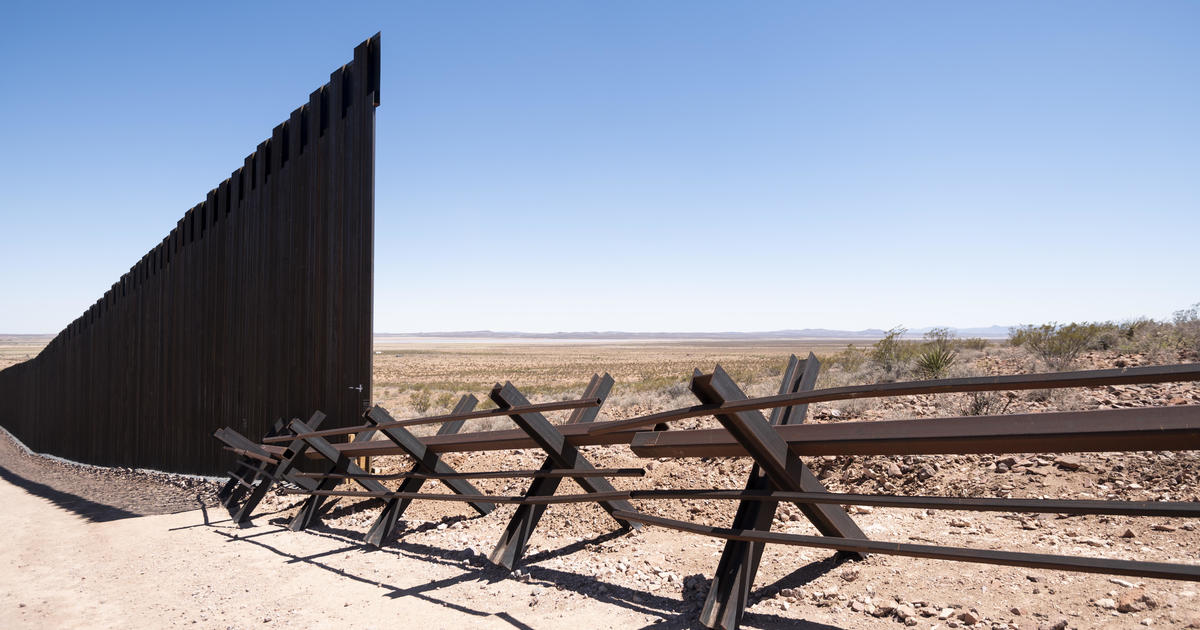
U.S. to use border wall funds to close gaps and clean up Trump-era construction sites
CBSN
The Department of Homeland Security (DHS) plans to announce Monday it will use border security funding allocated by Congress to close wall gaps and pay for environmental and clean-up projects in areas of Arizona, California and Texas affected by barrier construction undertaken by the Trump administration.
The projects authorized by Homeland Security Secretary Alejandro Mayorkas include installing drainage to prevent flooding, mitigating soil erosion, completing roads used by Border Patrol agents, demobilizing construction and equipment storage sites and discarding unused materials.
Mayorkas also authorized U.S. Customs and Border Protection (CBP) to erect barriers to close "small" gaps along some wall sections that were left open when construction was brought to a halt in January, saying the measures are necessary to mitigate safety concerns.
